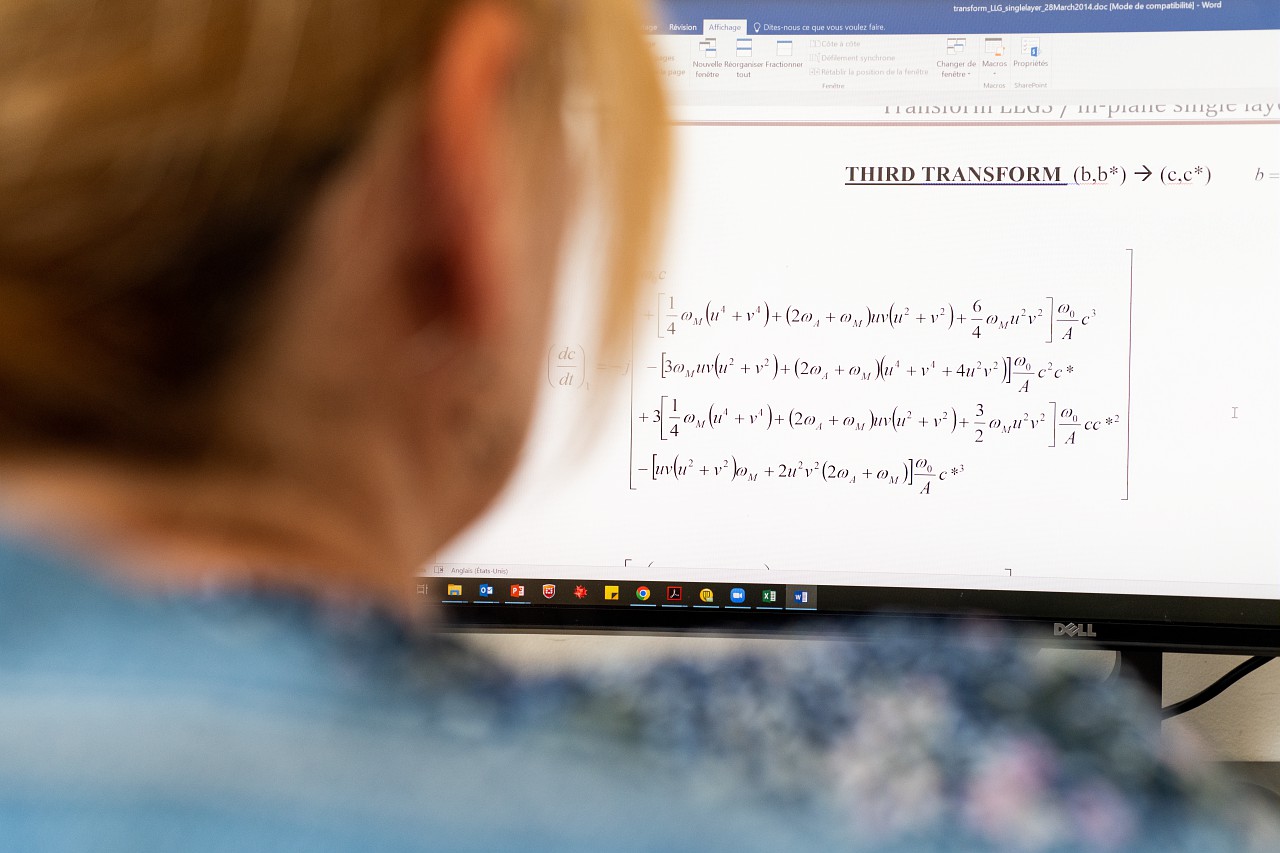SUPERSPIN
Responsible for the project
Thomas Hauet, Professor-researcher, Institut Jean Lamour
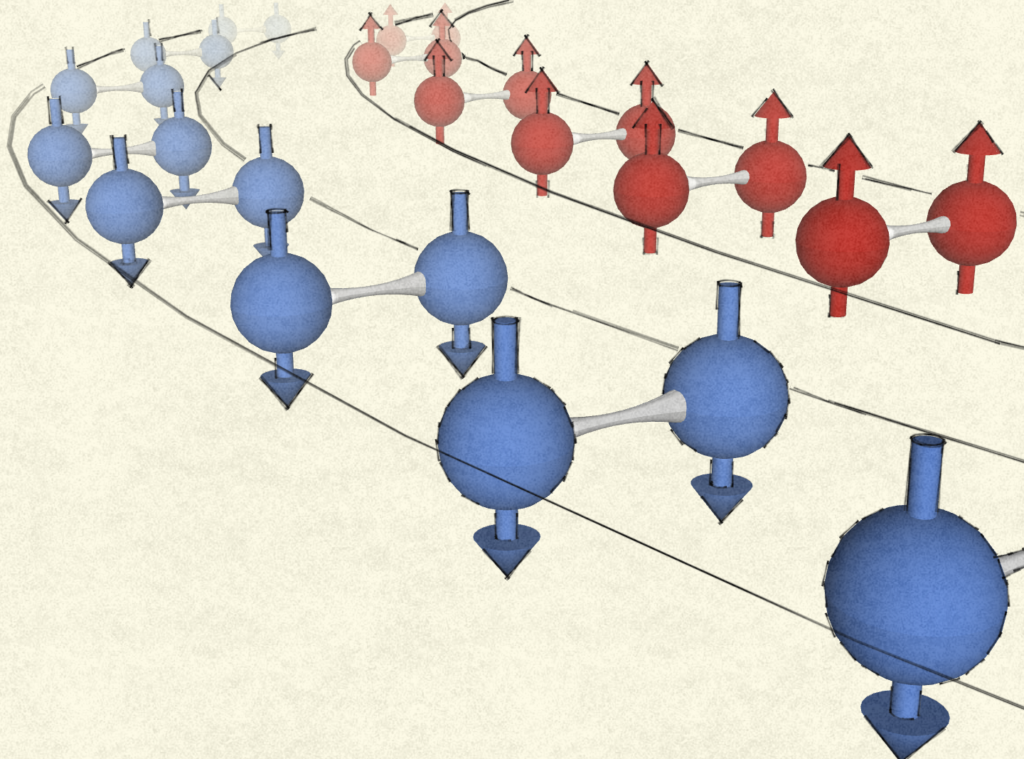
SUPERSPIN aims to demonstrate that the combination of superconductivity and spintronics can simultaneously address several major challenges. More specifically, the objective is to show that the generation and propagation of quasi-particles or spin-polarized triplet states of Cooper pairs within superconducting spintronic devices can overcome current limitations. This approach offers a dual advantage: eliminating losses due to Joule heating and preserving spin states thanks to their high quantum coherence.
The challenges
> The potential of superspintronics remains largely untapped due to many fundamental questions that are still unresolved.
> Detecting and characterizing the spin of supercurrents and quasi-particles is a major experimental challenge.
> Eliminating losses due to Joule heating and preserving spin states, thanks to their high quantum coherence, remain key challenges for the development of this technology.
Positioning the Project with the PEPR
> SUPERSPIN aims to integrate magnetic and superconducting elements into a single device, combining magnetic non-volatility, spin transport, and coherent quantum transport without dissipation. This approach aligns perfectly with the goals of the PEPR SPIN, exploring new pathways for more efficient and energy-saving technologies.
Consortium
CINaM (CNRS, Marseille), Laboratoire Albert Fert (CNRS, Palaiseau), Laboratoire de Physique des Solides (CNRS, Orsay), SPINTEC (CEA, Grenoble), Institut Jean Lamour (Université de Lorraine), PHELIQS (CEA, Grenoble)
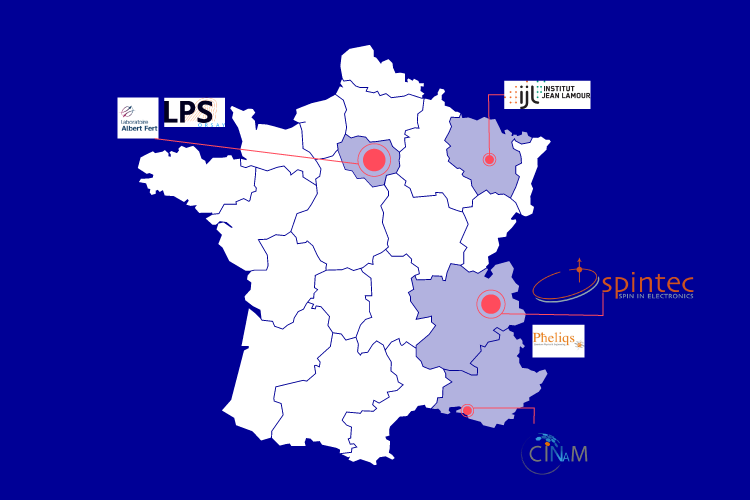
Publications relating to the SUPERSPIN project
Les autres projets PEPR
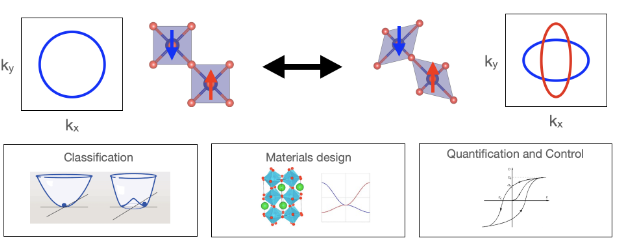
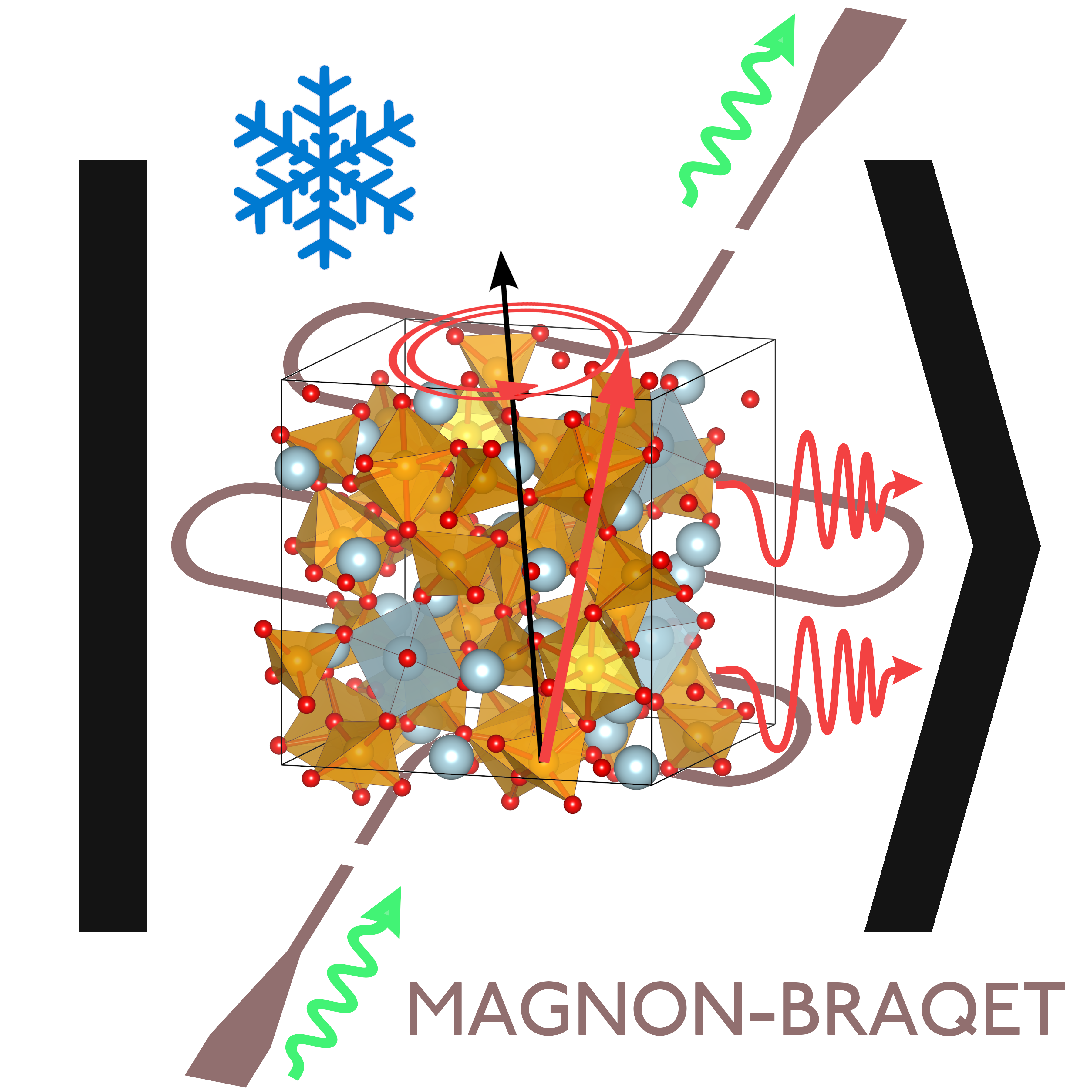
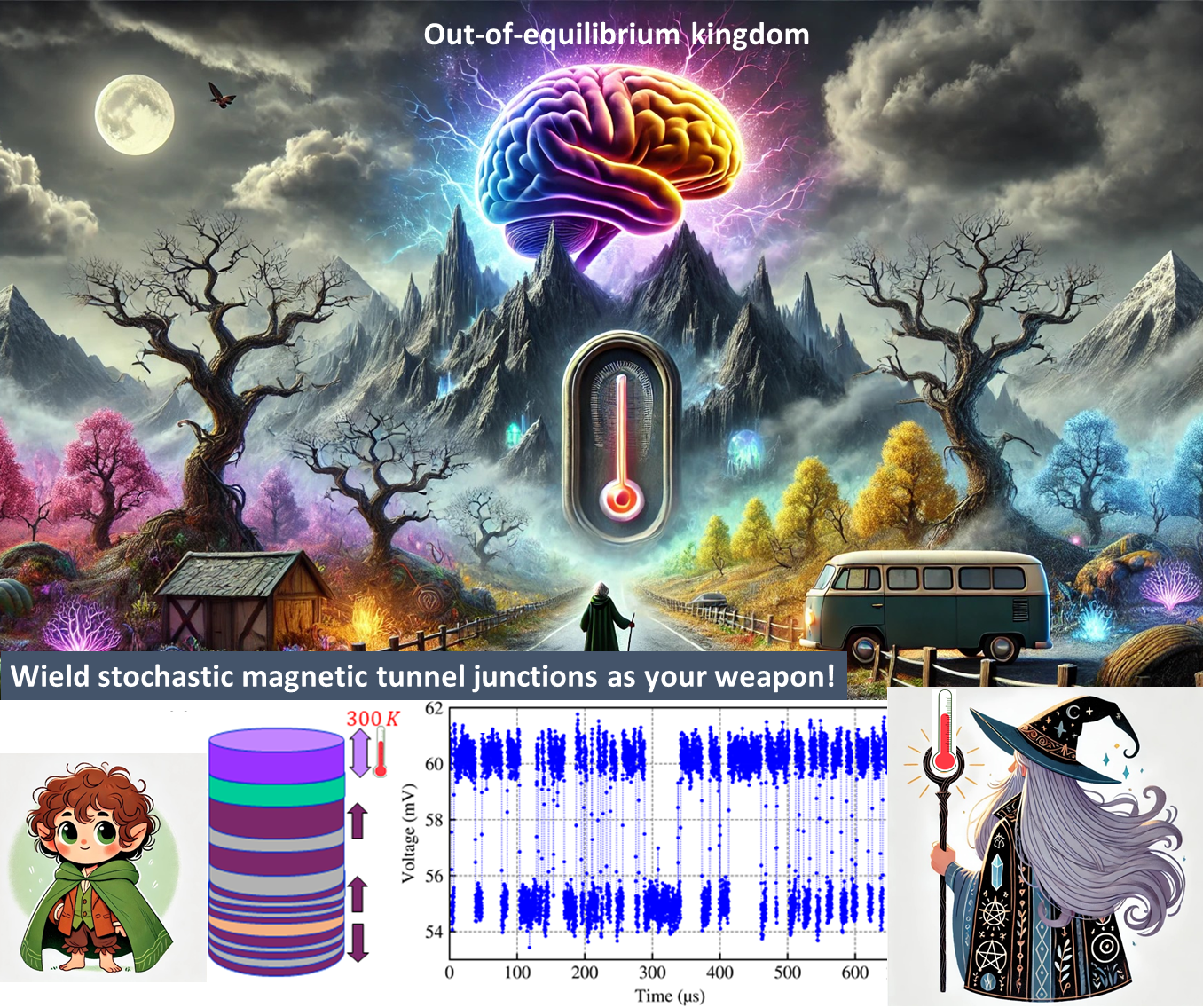
HOBBIT
Harnessing out-of-equilibrium spintronics in self-adaptative brain-inspired networks
Voir plus
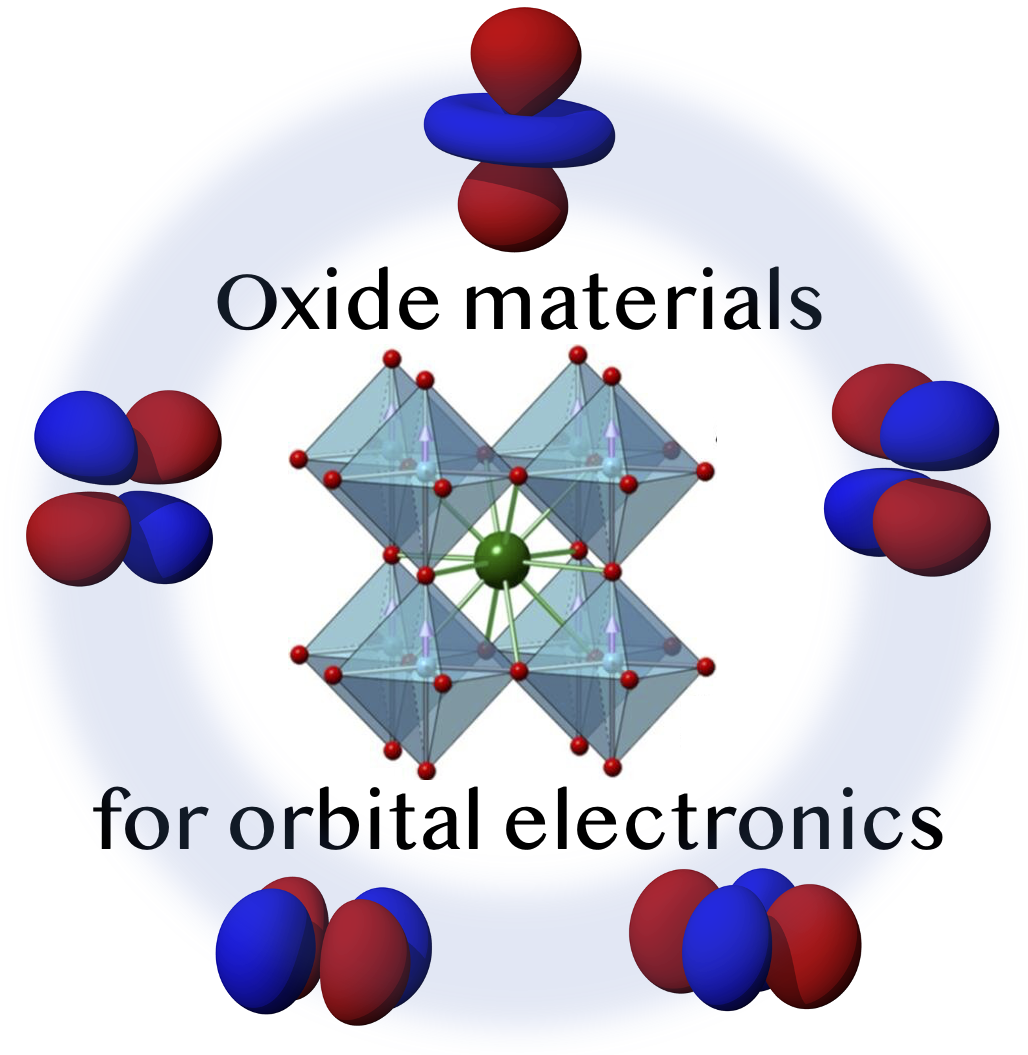
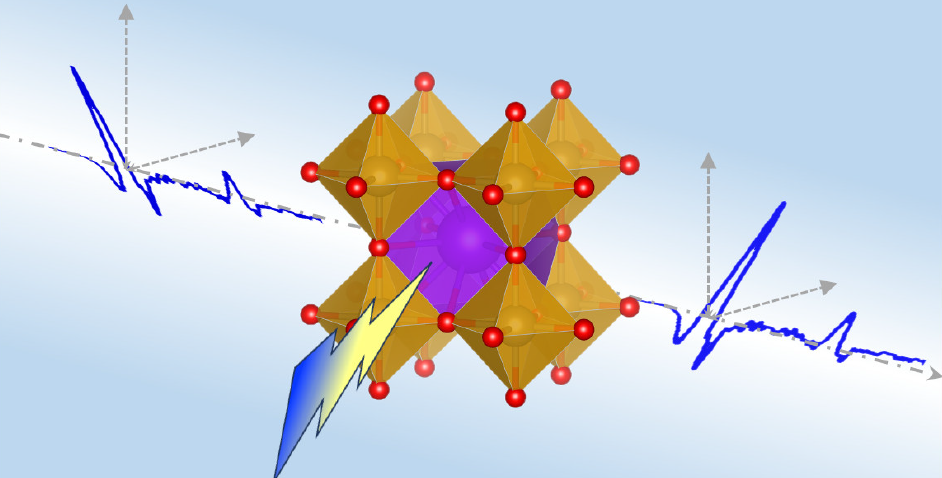
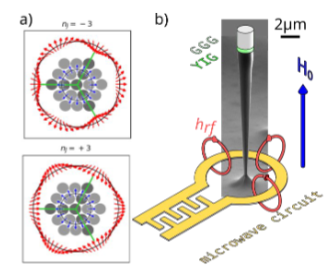
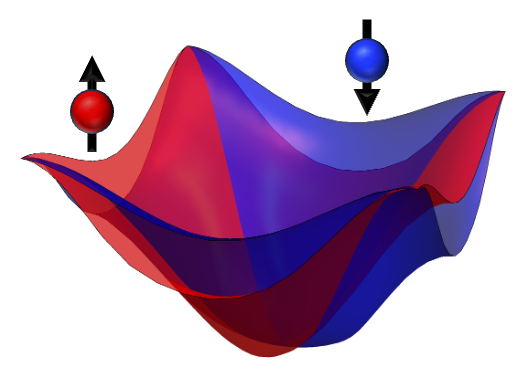
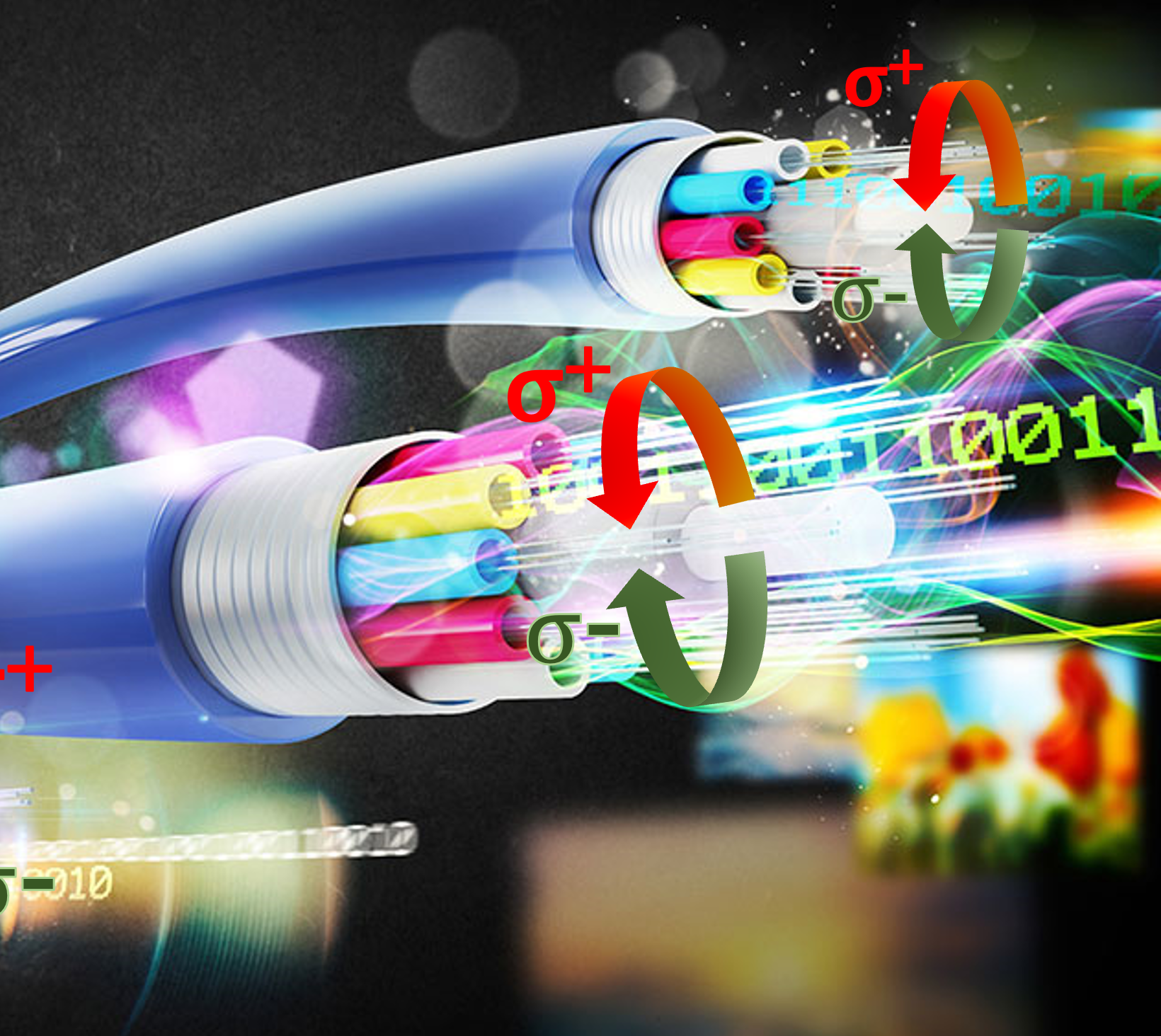
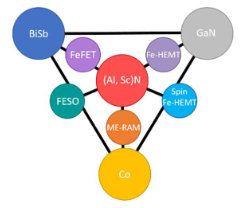
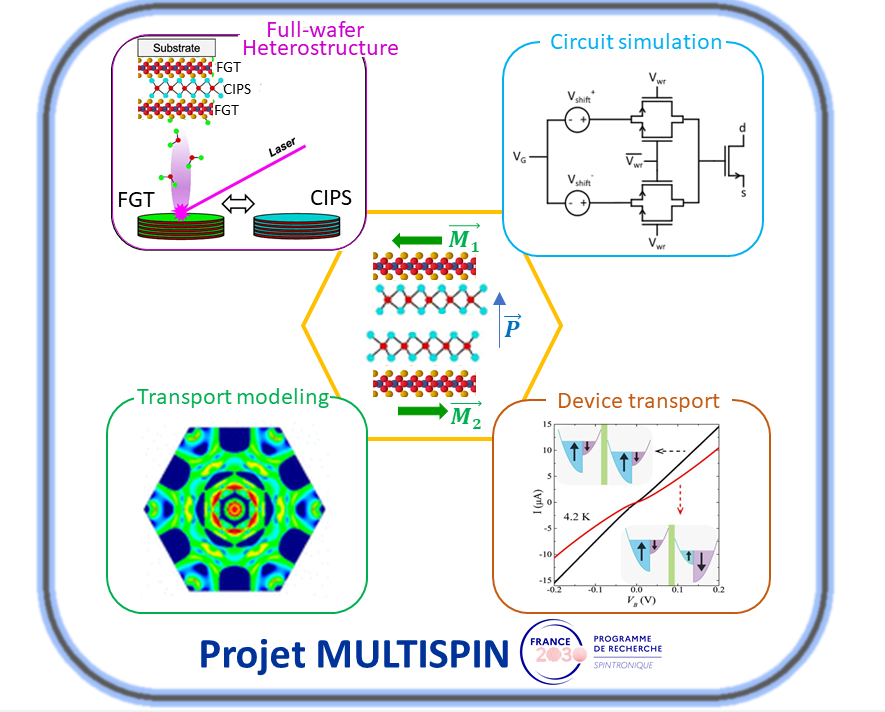
Multispin
Van der Waals Multiferroic Heterostructures for Logic-In-Memory Spintronic Devices
Voir plus
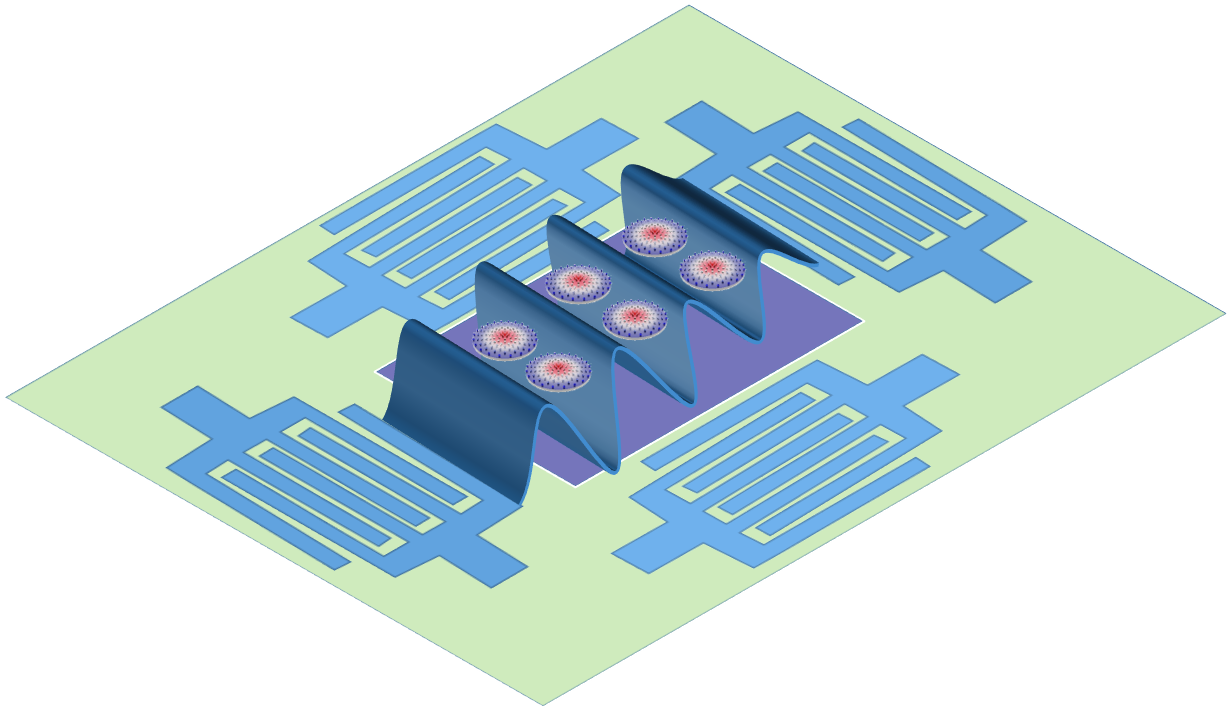
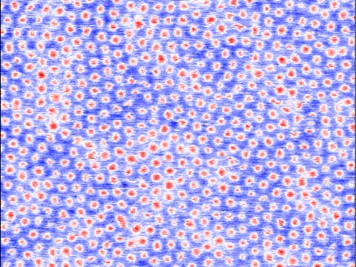
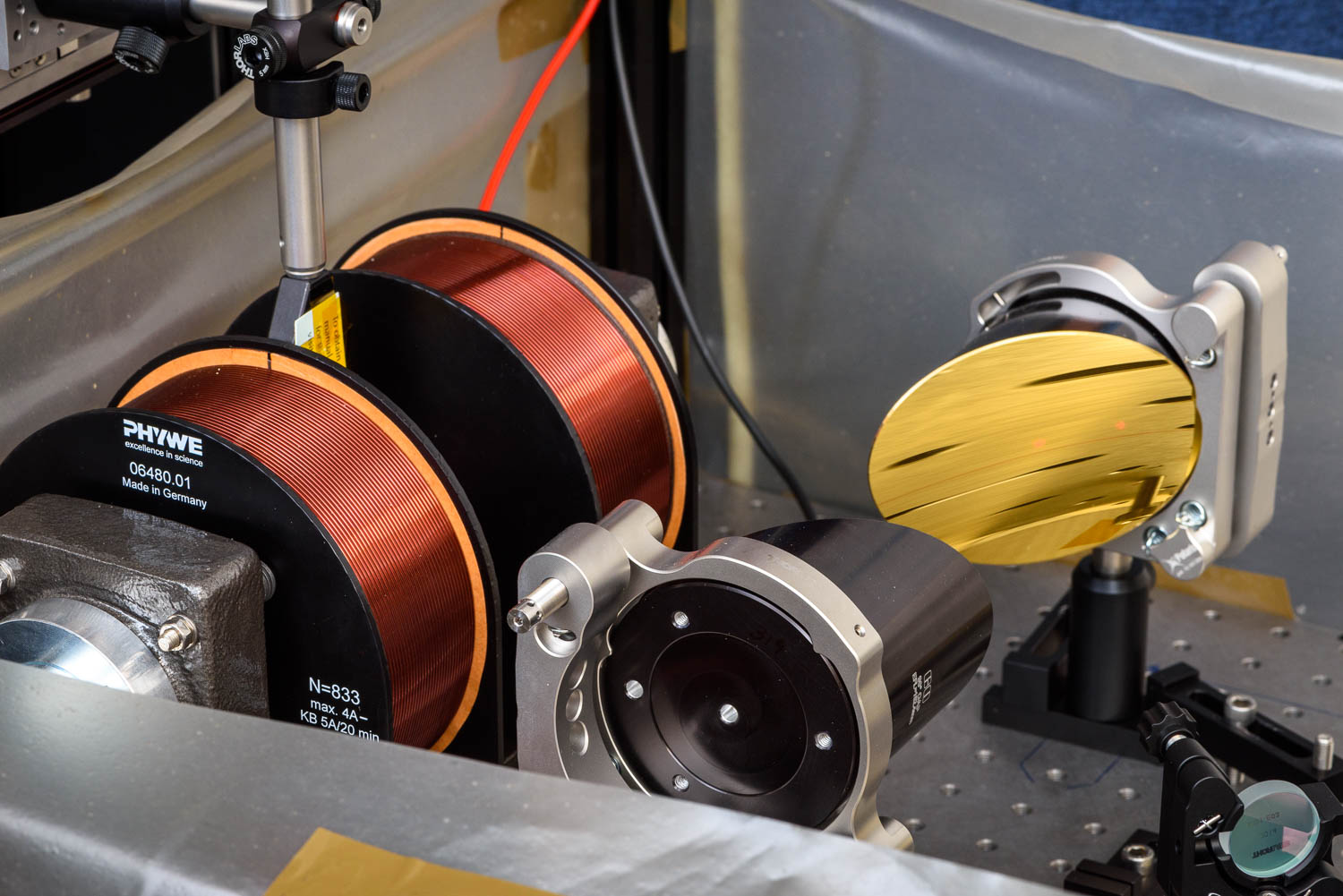
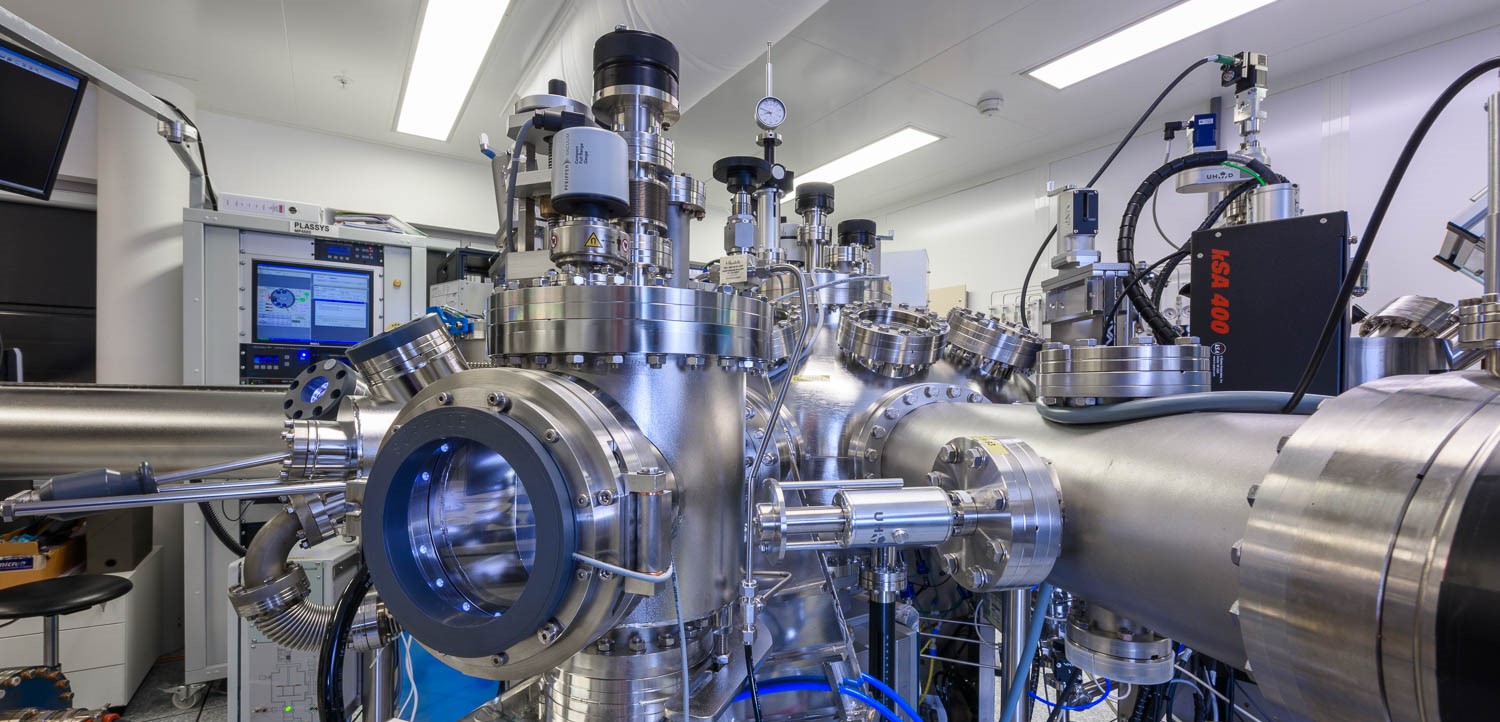
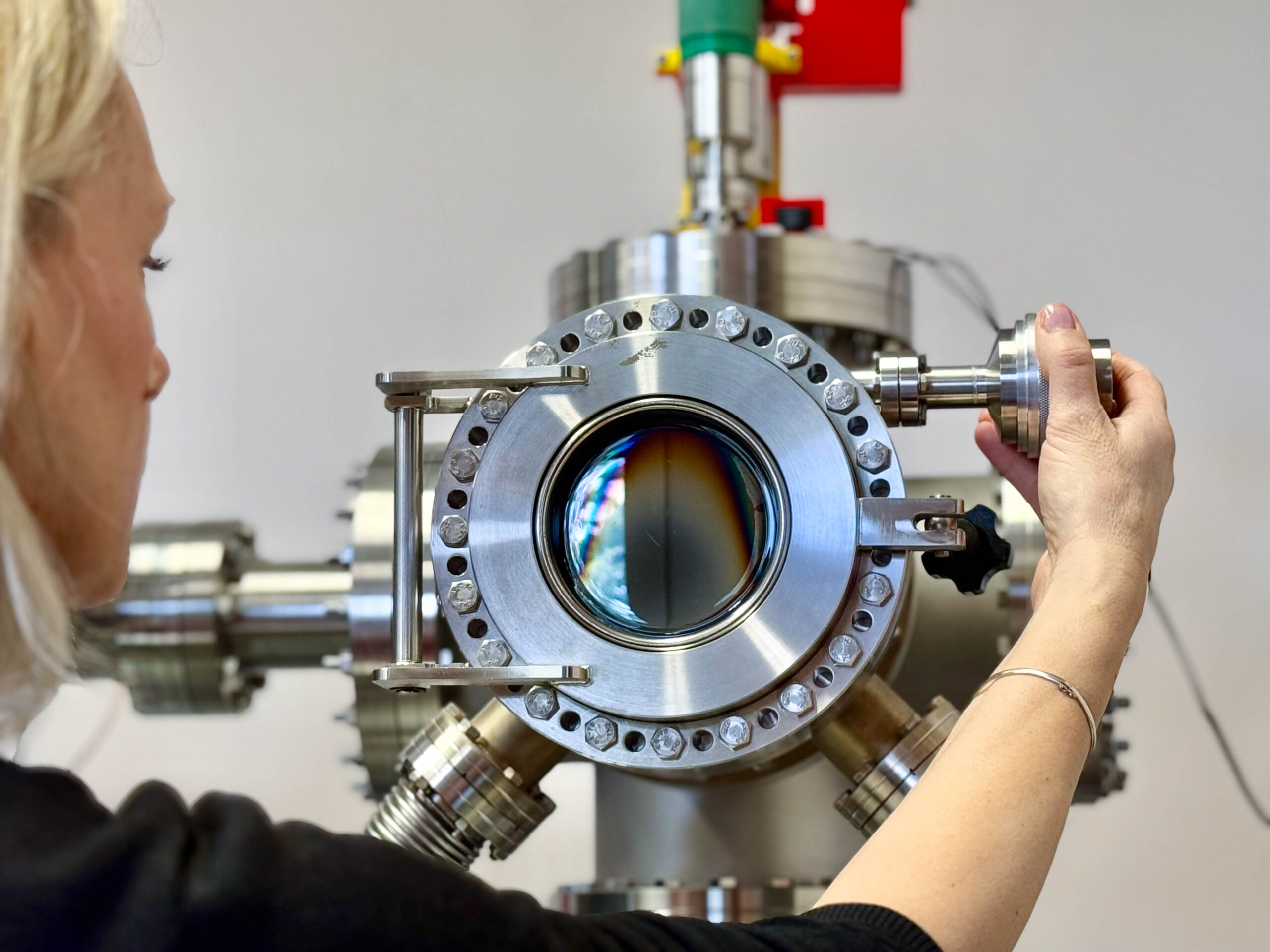
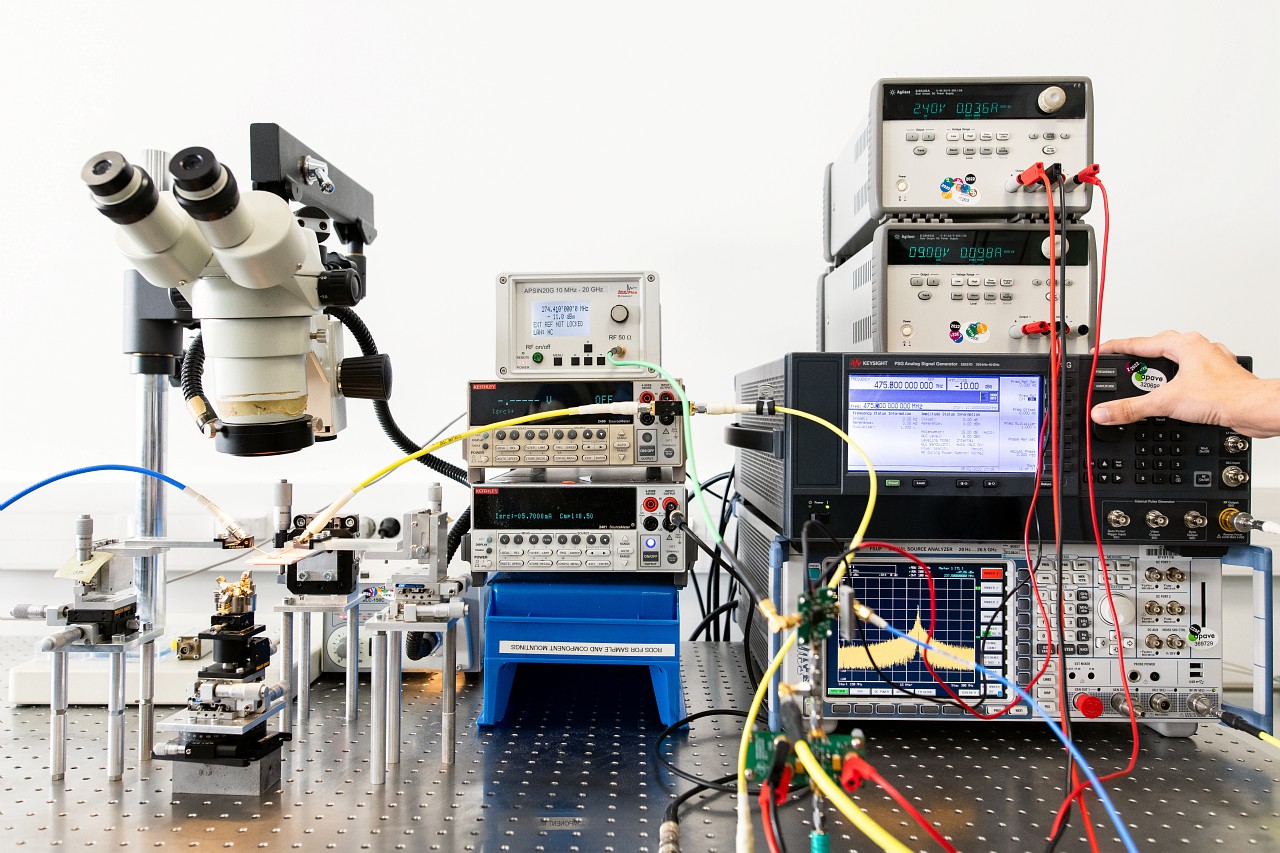
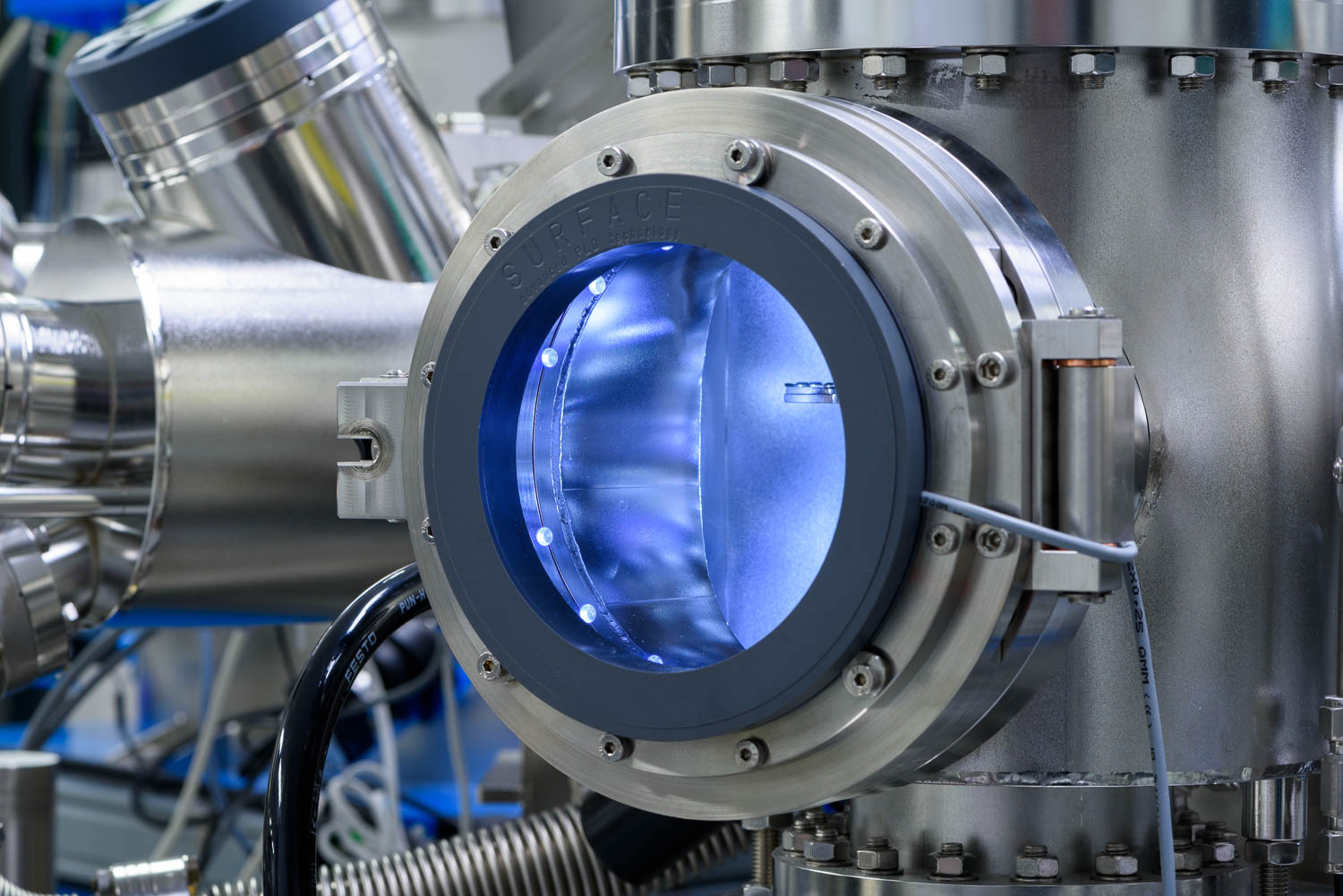
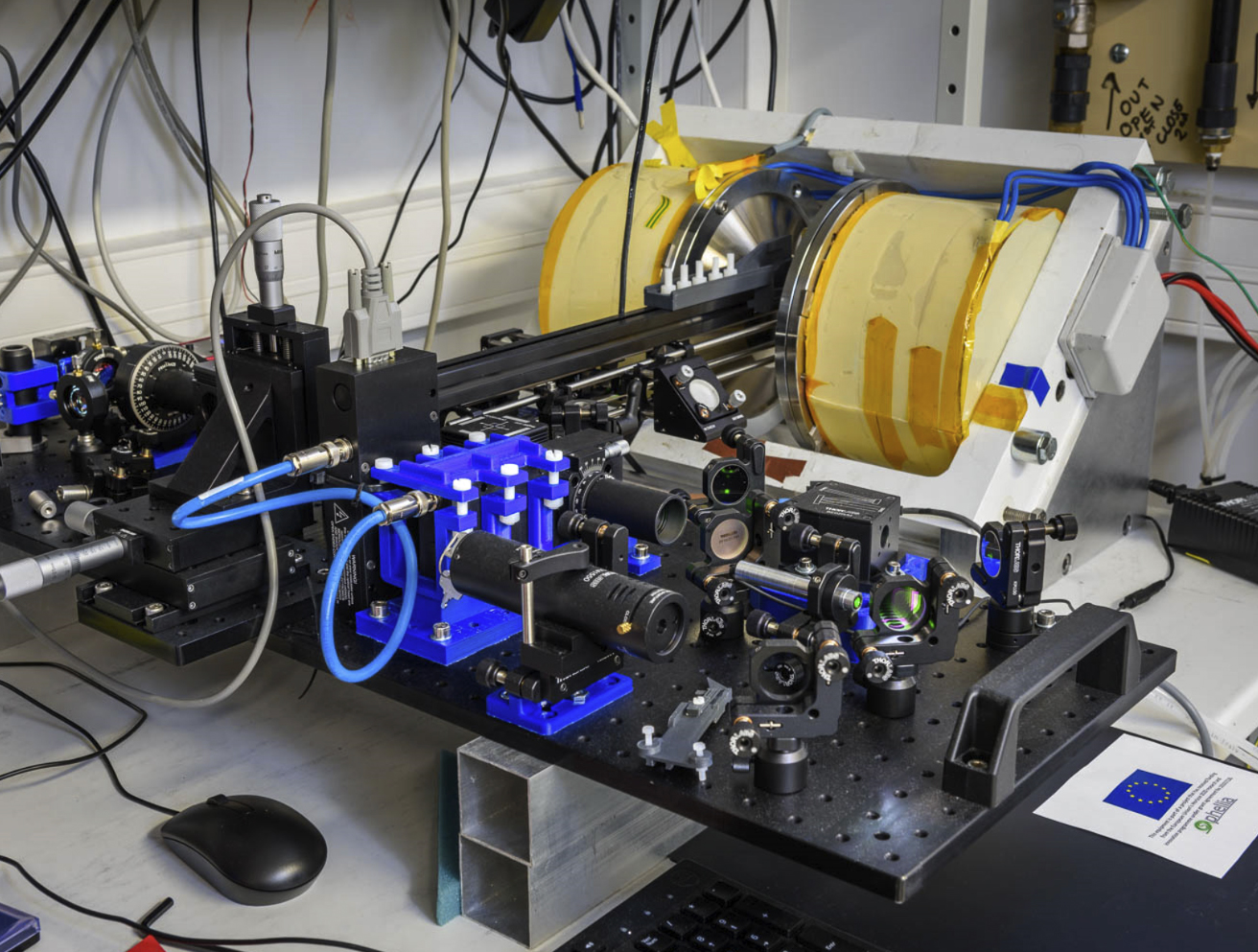
SPINCHARAC
SPINCHARAC Project Manager Lucian Prejbeanu, Director of Laboratory SPINTEC The SPINCHARAC Transverse…
Voir plus

